Women Do Not Just Belong In the Kitchen
Look Your Challenge Dead in The EYE and Give it A "Wink"
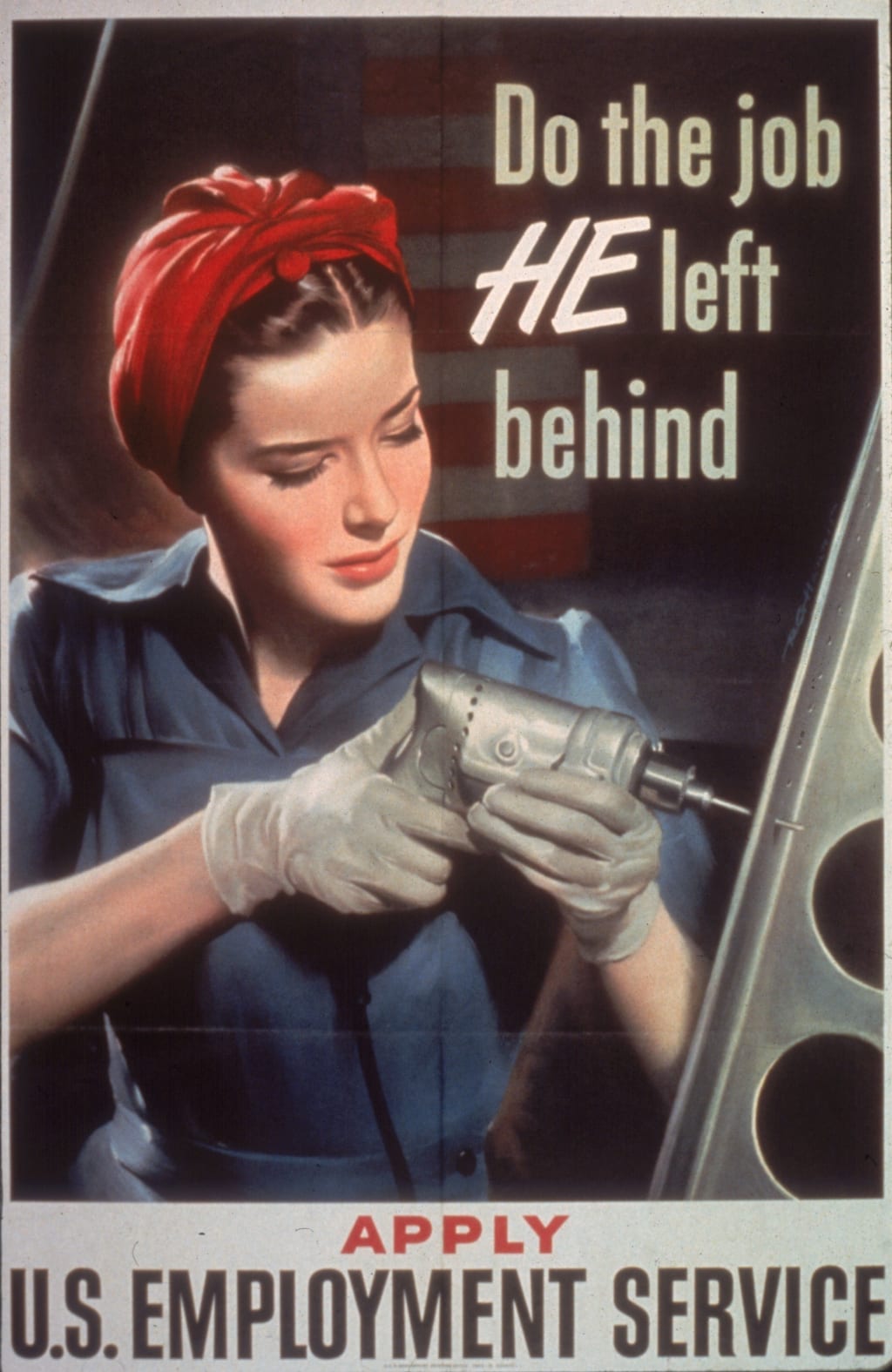
Growing up, being the only girl out of four brothers and a father who would not allow this tom boyish girl to wrestle with him and my brothers. I was one the one to clean the house as my brother closer in age sat back and did nothing. I was appalled as a child, this was unfair. We are not different he can do just as much as I and vice versa. You see, that is how my father grew up with his only sister out of three boys having to help around the house more than the men.
Even as a child having my mother in my ear telling me, one day get you a good job. Buy you a house, a car, have it all in your name and if you have a man and you get tired of him you put his butt out.
Moral of that was to be a strong independent woman, my mother and stepfather had installed that into me at a young age. Do not let a man run your life.
What makes male and female different? Our gentiles? Women, do so much from working, cooking, cleaning, taking care of the children, finances, etc… The ones whom are single and do all these things I hold so much respect for you in my heart. I had been in those shoes at one point without the schooling and it was still hard.
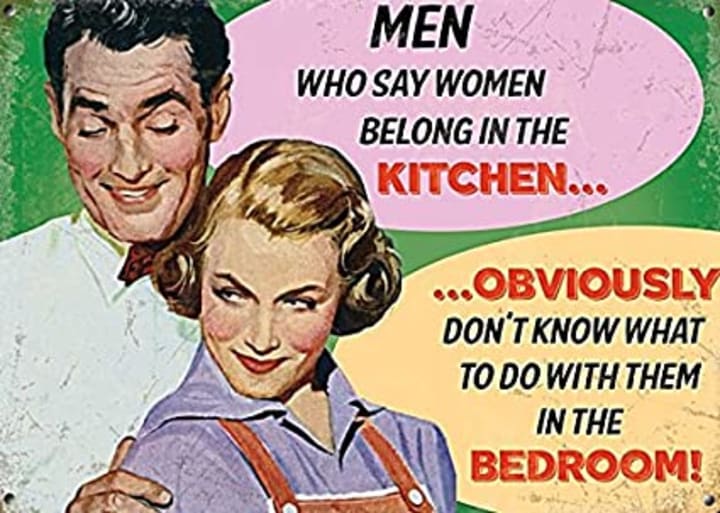
One point in history men thought the only place for women was the kitchen.
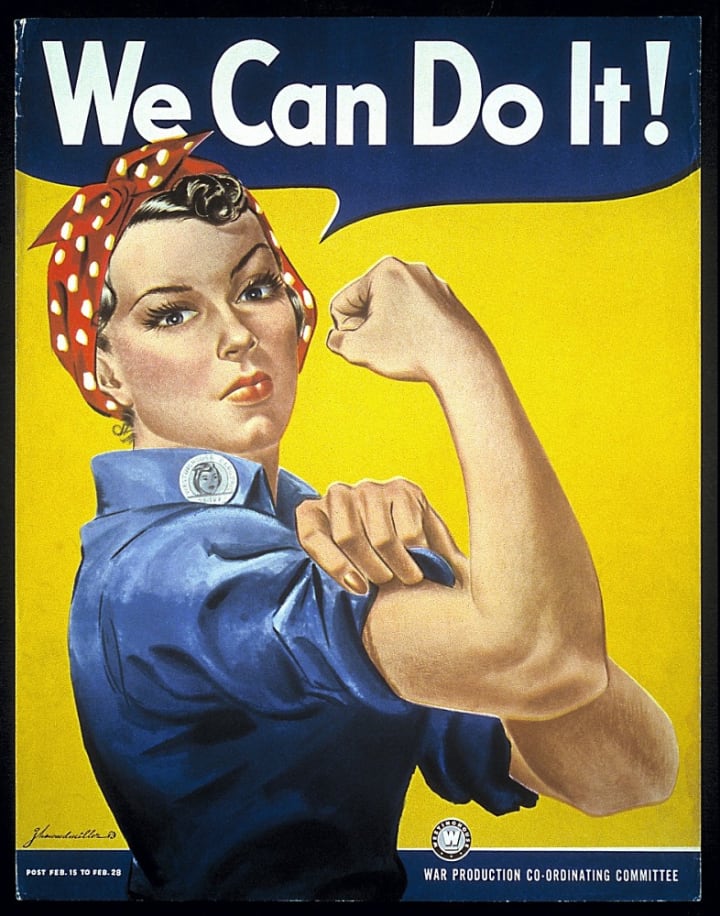
So, who was the iconic poster for the women in the 1940’s?
Naomi Parker Fraley was a California waitress, over the years. A welter of American women has been identified as the model of Rosie, the war worker of the 1940’s popular culture who became a feminist touchstone in the late 20th century. Naomi Parker Fraley was the woman who posed as the
“WE CAN DO IT” Rosie the Riveter was an iconic poster of female factory worker flexing her muscle, exhorting other women to join the ww2 effort with the declaration that “WE CAN DO IT!” The poster was aimed at boosting morale among worker in the ww2 factories producing was material.

How did Rosie dress?
So, what does Rosie the Riveter symbolize in the 21st century?
Rosie the Riveter who funes describes is symbolic of single, immigrant, working-class parent across the country who rarely get the resources they need or security they deserve. This image was for the women who carried the load anyway build the strength of their families.
WW2, was the turning point for women because for the first time, women were allowed to join the military, fly planes in noncombat missions, and work in the munitions factories and other war related industries they were no longer thought of as “Housewives” These women were now seen as capable as “Men’s” work. Beams that could not be support the weight of the riveter the workers (women) had to Rivet by hand.
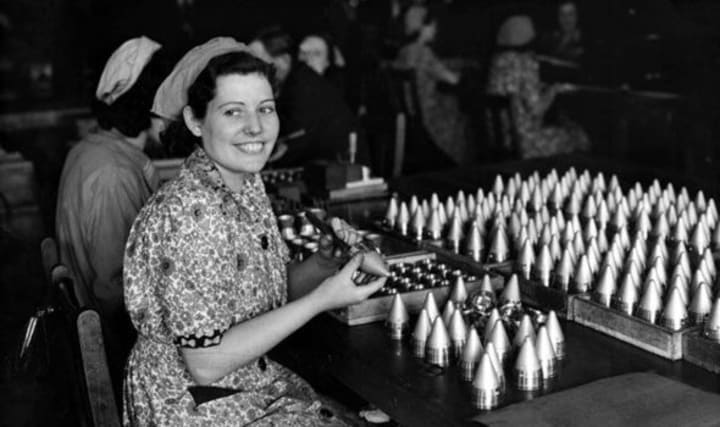
1940-1945
Female percentage of the workforce in the united states increased from twenty-seven percent to nearly thirty-seven percent, and nearly one out of four married women worked outside the home by 1945. In just the aircraft industry, women made up sixty-five percent of employees. By the time 1945, there were two hundred non – combatant jobs stateside and in every theater of the war. More than 100,000 WACs (Women’s Army Corps) and 6,000 female officers. Two million women recruited into the workforce.
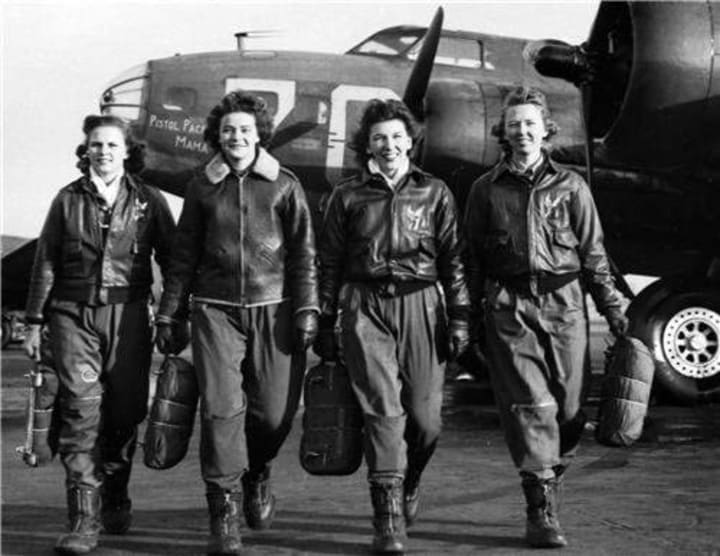
Women came from all the country to work assembly lines of defense production plants, that were converted or built to mass produce even more sophisticated armaments.
This war had changed the lives of men and women in many ways. War time needs increased labor demands for both male and female workers. It also heightened domestic hardships and responsibilities, and intensified pressure for America to conform to social and cultural norms.
So with the poster of Rosie the Riveter image it was explicitly aimed to change public opinion about Woman’s work, the underlying theme of the campaign was to show that social change required to bring women into the workforce. This was Patriotic responsibility for women and opportunity for employers.
Rosie the Riveter, was forced off the factory floor when the war ended, her achievements were buried deep in books all those accomplishments wiped out of our Consciousness. He abilities, were proven she remained that cultural enigma: a woman in a man’s place.
I chose to write about Rosie the Riveter, because she is an icon in my eyes. Women all around the world are stronger than what one may think. So if you’re a woman and you stumble across this never let society put you down. You are a WOMAN, Strong and Mighty you hold your head up high and keep trucking because times will get better I promise.
About the Creator
Audie Edwards
I am an amateur writer, who loves to write poems.
I feel poetry is my only escape from reality. I love to play with the imagination a little and get Dark. We all have nightmares and fears
I just put mine to work in a beautifully written poem.






Comments
There are no comments for this story
Be the first to respond and start the conversation.